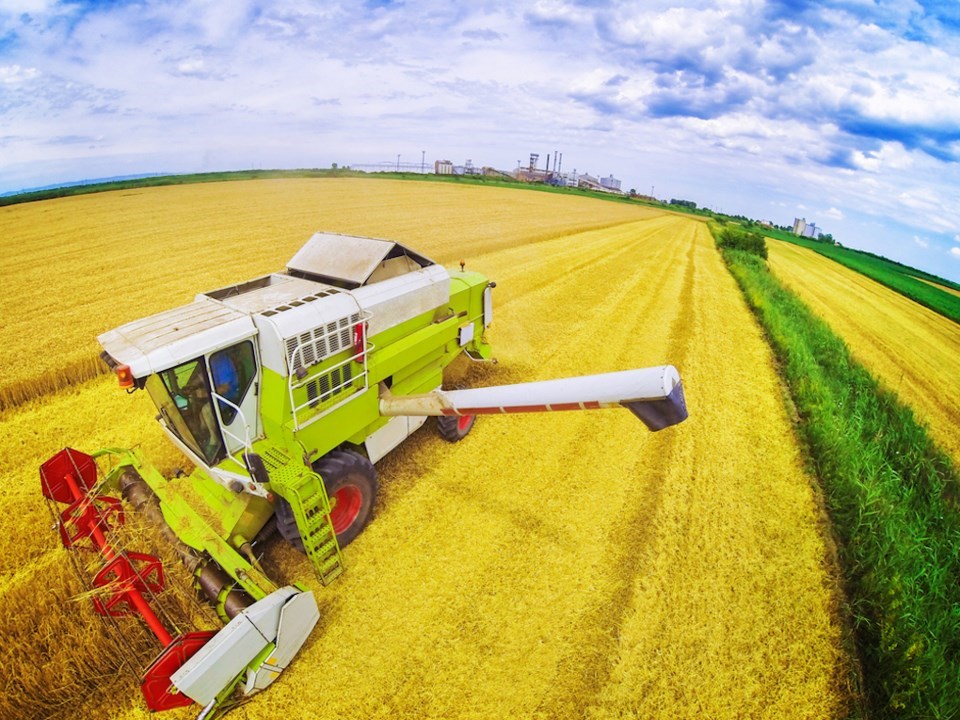Farmland is still getting more expensive, but not quite as quickly as in recent years, according to the latest farmland value report from Canada’s biggest agricultural lender.
Farm Credit Canada put average national farmland value growth in 2023 at 11.5 percent, down from 12.8 percent in 2022.
“We had three consecutive years of … land values climbing, and so we’re seeing a little bit of a pullback,” FCC chief economist J.P. Gervais said.
“It’s still double digit, still a very significant increase.”
Given global geopolitical events, which have led to significant market volatility in the last few years, Gervais was expecting even more of a pullback.
There was significant variability. Land value growth in some provinces remained above 10 percent, while British Columbia’s pace actually dipped into the red by 3.1 percent, although that province also had the highest average land value on a per-acre basis.
The highest average provincial increases in farmland values were found in Saskatchewan, Quebec and Manitoba with increases of 15.7 percent, 13.3 percent and 11.1 percent, respectively. That’s up from 14.2, 11 and 11.2 percent, respectively, in 2022.
Rates from other provinces included 10.7 percent in Ontario (down from 19.4 percent in 2022), 7.8 percent in Nova Scotia (down from 11.6), 7.4 percent in Prince Edward Island (down from 18.7), 6.5 percent in Alberta (down from 10 percent) and 5.6 percent (17.1 percent in 2022) in New Brunswick.
That’s a change from 2022, when Ontario, Prince Edward Island and New Brunswick topped the list for the quickest growing farmland values.
The newest report also marked the second year FCC reported on pastureland values. Due to insufficient sales in Ontario, Quebec and the Atlantic provinces, it focused on data from pastureland sales in Western Canada.
The most significant of those were in Manitoba, which saw an average growth of 19 percent. Saskatchewan recorded a hike of 12.7 percent, followed by Alberta at 9.6 percent and B.C. at 7.4 percent.
It was a generally unaffordable year to buy land, Gervais noted, pointing to the double hit of high interest rates and flagging commodity prices. Actual farmland sales declined slightly from 2022 as producers exercised more caution around investment decisions.
He expects that caution to extend well into 2024 due to continued high interest rates, high input costs and lower grain prices.
He said farmland in many parts of the country is less affordable right now than it’s ever been. Fiscal circumstances have also opened up operations to more financial risk.
“It makes it more difficult for young farmers and young operations that have a desire to expand into the industry,” he said.
In the short term, farm receipts of grain, oilseeds and pulses are projected to decline by 13.2 percent in 2024, compared to a 0.4 percent increase in 2023. Gervais had predicted a 4.8 percent decline in 2024 earlier this year.
He urged producers to take action to manage these losses.
“An important part of preparing for inevitable, yet unpredictable, economic changes is not only creating a risk management plan, but also updating it as those shifts in the economy unfold,” he said.



